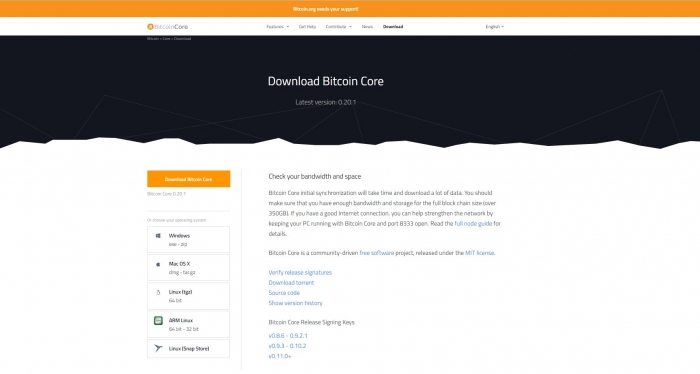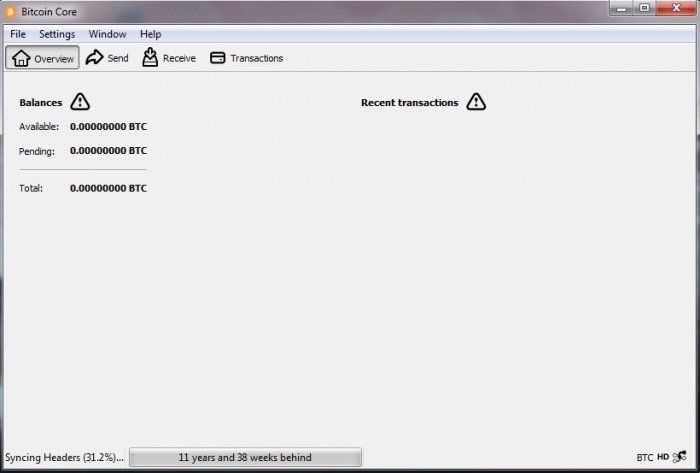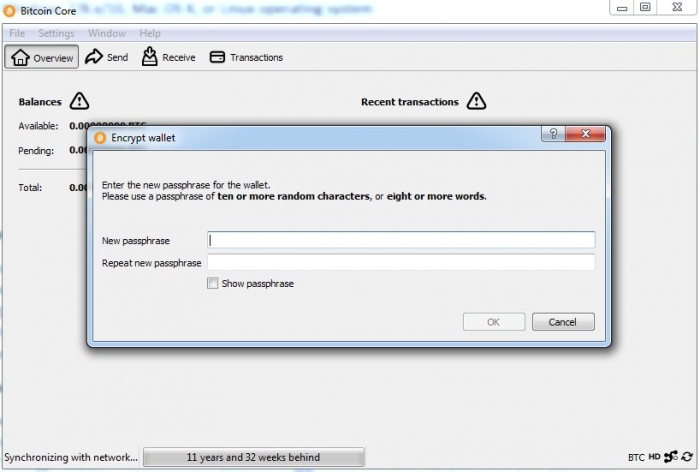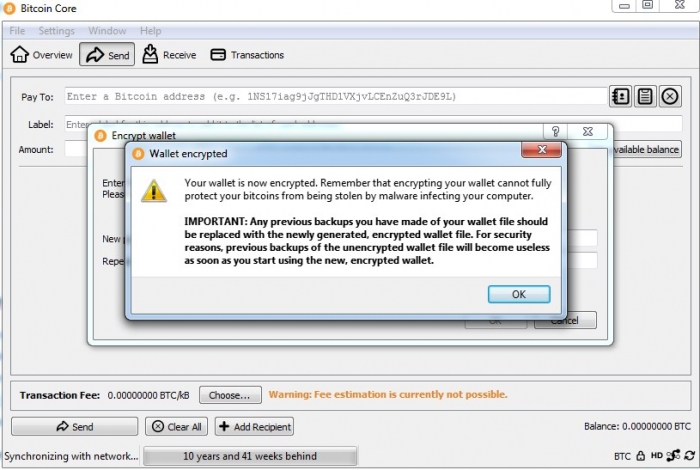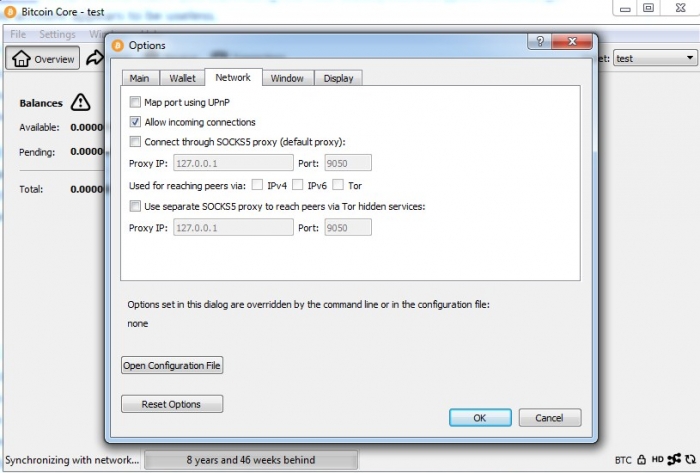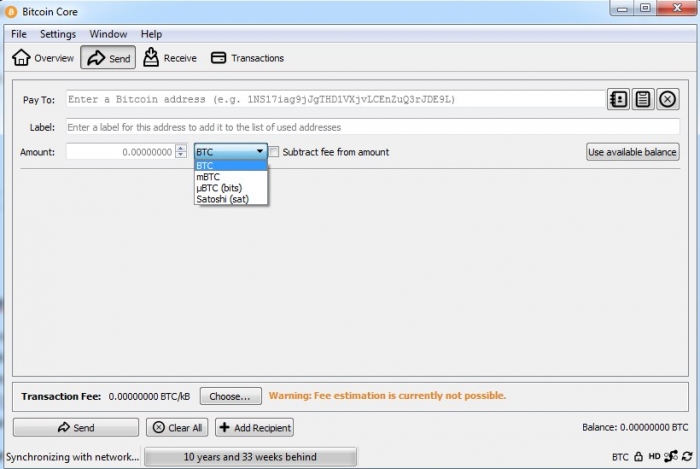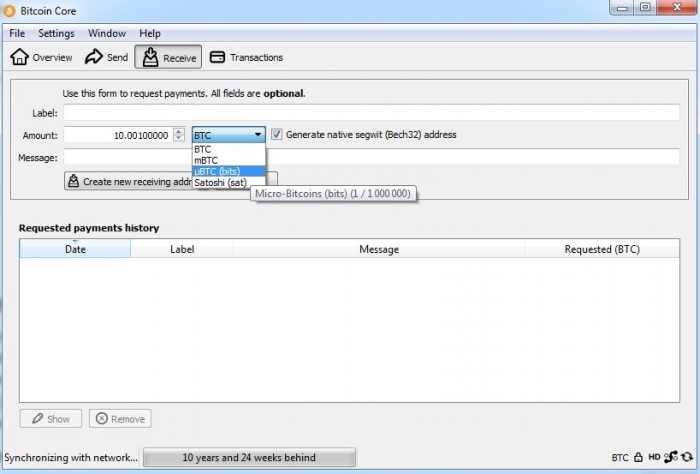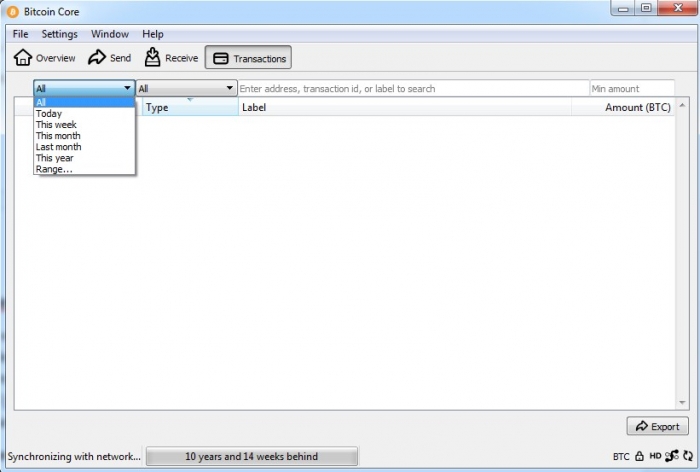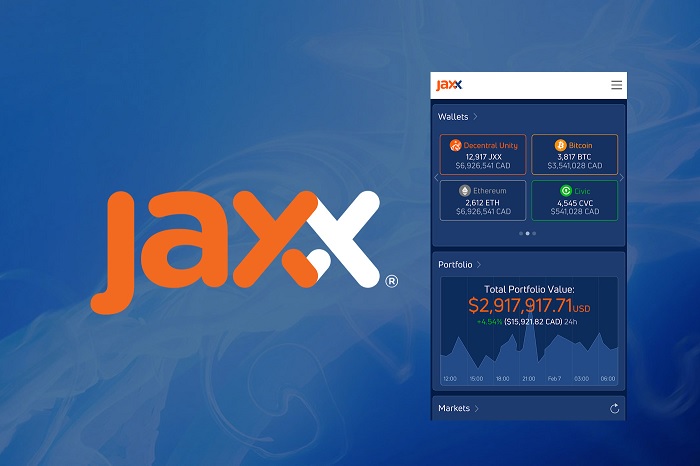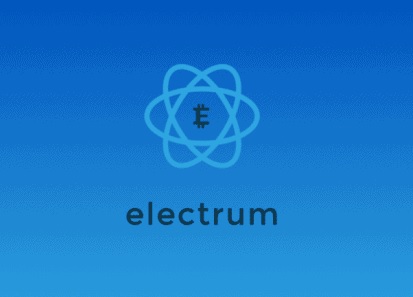The Bitcoin Core wallet is a community-driven crypto wallet with a user-friendly interface and exterior. It serves multiple users’ needs helping them to add coins as well as send and receive different types of cryptocurrency including not only BTC along with some of its forks but also Satoshi, Etherium, ARK, NEO, and some others. The wallet comes with expanded security. What’s more, it is free to download and comes with support for all major OS including Windows, Mac and Linux.
How Easy Bitcoin Core Wallet Is
Bitcoin Core is a primitive tool to add, store or exchange cryptocurrency. However, what seems to be a primitive surface hides revolutionary technology that appeared to be a real sensation back in 2009, when Satoshi Nakamoto introduced his wallet to the public. For this reason, the platform is also known under the “Satoshi Client” moniker.
Initially designed as a simple instrument to manage BTC and other coins, the wallet has evolved to bring additional features out of the box. First of all, it assists the entire Bitcoin network when supporting different types of transactions. In addition, you may use the wallet to make purchases in digital stores and marketplaces that support cryptocurrency.
Secondly, developers offer an advanced security system with a high level of user privacy, compatibility with Tor, wallet backup features, and more. As a result, here we have a flexible and functional tool for everyday usage. It helps to manage cryptocurrency with no need to dive deep into technical issues or understanding how blockchain works. In other words, the wallet is good for newbies and those who are new to the process of operating coins online.
Setting Up the Bitcoin Core Wallet
The installation process is very simple. However, users need to make sure their devices meet the necessary requirements. Otherwise, you will not be able to set the system up and configure it. General requirements include:
At least 350GB to store the blockchain in its full size;
Good and stable internet connection to strengthen the network;
High enough upload speed;
At least 1 GB of RAM.
The rest is very simple. You only need to follow several easy steps.
Step #1 – Download the Wallet
After you have ensured your device meets installation requirements, you can download the wallet from the official website and follow elementary instructions. The process is just the same as installing any software. Find the exe. file in the local folder and run it to start the installation process. If the upload speed is high, it will take less than a minute to have Bitcoin Core installed.
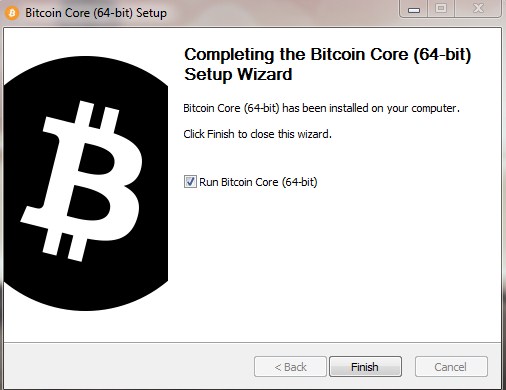
The good news is that you do not need to configure the system manually. It has a built-in setup wizard that will handle the process automatically. Once the installation has been successfully completed, you will see the Window with the current system version you are going to use. At this stage, we may run the platform and have a look inside.
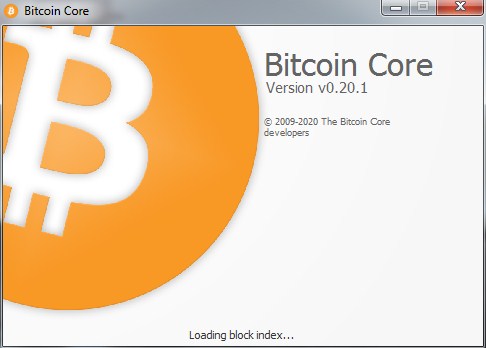
Step #2 – Create a Password
This stage is not obligatory right from the start. You may look around the dashboard first. Here we have all major options to proceed with different transactions. The interface is very straightforward. Users will simply find the action to take or a feature to use right here inside the wallet without the need to switch between different screens.
Speaking about the password, you will need it to restore the system as well as send or receive coins. So, we still need to complete this stage right away. Let’s go to settings and find the “Encrypt Wallet” function. The system will ask you to indicate the password and confirm it in the spaces provided.
After you have completed these simple actions, the platform will inform you that the wallet is successfully encrypted. Keep in mind that if you start using the new wallet, the encryption is no longer active, and the old account appears to be useless.
Step #3 – Restart the Wallet
The next step is to restart the system and have all changes successfully saved. You do not have to restart Bitcoin Core manually. The platform will be shut down and rebooted automatically. When it runs, you can start using the wallet to add, store, send or receive cryptocurrency.
Step #4 – Configure the System
Now, you can make the wallet a bit more personalized. Users may choose the supported language for the interface or change the way their wallets are displayed. General settings let you select the network connection as well as set your own proxy ID or use a separate SOCKS5 proxy to reach peers through the Tor hidden services. Users are able to choose whether to spend unconfirmed changes or enable coin control features.
How to Send Coins with Bitcoin Core Wallet
All you need is to click on the “Send” button inside the wallet. The system will transfer you to another window where you will have to insert the recipient wallet address, as well as indicate the amount of cryptocurrency you want to send. The platform offers an address list functionality. Simply type in the label for the recipient and add it to the contact list.
Next, select the type of coins you are planning to send. The system has an automated fee calculation feature. However, it is currently unavailable for technical reasons. It means that you will not be able to see the transaction fee, which is bad. The last step is to press the “send” button and you are done.
How to Receive Coins with Bitcoin Core Wallet
If you expect to receive coins from someone, simply press the “receive” button on the dashboard. You will be forwarded to another window with optional fields. Here you can type in the sender’s address or select from the list of saved labels.
The procedure does not differ much from what we have down when sending coins: indicate the amount of cryptocurrency and write a message to the sender if necessary.
Essential Bitcoin Core Wallet Features
Despite all the simplicity and straightforwardness delivered by the Bitcoin Core wallet, it has a pretty rich feature set to manage all transactions, overview their history, and keep track of the balance.
The major wallet functions include:
Wallet Overview – users can observe the most relevant info about the balance, the number of available coins, pending operations, recent transactions, and more.
Transactions – it is actually a custom reporting feature delivered by Bitcoin Core. Users will get all transaction insights and stats in one place. You may sort the reports by days, weeks or months to see the full picture. What’s more, it is possible to track separate operations from a specific sender or recipient.
Contact List – we have already mentioned the ability to create an address book and save your recipients and senders. They can be stored as labels. Simply give the name to a user and save it in the integrated address book.
Key Export Feature – a great tool to export your private keys whenever needed. Just like passwords, the keys are associated with your account and can be used to restore the wallet or have it installed on another device. We strongly recommend writing your private keys down and keeping them as safe as possible.
Speaking about safety, let’s see how safe the Bitcoin Core Wallet is.
How Safe Bitcoin Core Wallet Is
The system delivers a high level of users’ privacy along with additional tools to ensure enhanced digital security. Those tools included:
Secure Receiving Transactions – the wallet uses separate privacy algorithms to handle all receiving operations. The system automatically downloads the history of each transaction and divides them into groups to define the ones that included payments to your receiving address.
Safe Sending Operations – the system uses a larger peer-to-peer network instead of more lightweight clients when recording your sending transactions o the public blockchain.
Tor Compatibility – Tor is an anonymizing service that is 100% compatible with the Bitcoin Core wallet. It makes it possible to hide the IP address. Besides, it is harder for third parties to identify your real name and associate it with the BTC transaction.
Decentralized Peer-to-Peer Process – when a user “walks” in the wallet, he or she automatically connects to a huge network with other Bitcoin Core users. Decentralization prevents you from checking in all the time when running the platform. Besides, you can find out if there is someone else connected to the network.
Bitcoin Core Wallet Price and Fees
The wallet is 100% free to use. The system does not charge fees for downloading the software. On the other hand, we need to consider expanded resources and device capacity required to run the wallet. It may result in extra costs. As for the fees, the system has an automated transaction fee calculator, which is currently not working. It is supposed to be a sliding scale that we do hope will be fixed in the nearest future.
Bitcoin Core Wallet Pros and Cons
Bitcoin Core is certainly a good option to manage and store cryptocurrency. Although we have detected some slight downsides along with our review, they are not as crucial as they seem.
Pros:
Easy to use – great for beginners.
Solid security features.
Intuitive coin control.
Transaction overview and reporting.
High-level privacy for all types of operations.
Cons:
Requires extended computer resources and capacity.
Transaction fee scale is not working.
May result in extra costs.
The Bottom Line
The Bitcoin Core wallet will be a good pick for users who look for solid security, functionality and ease of use. The system is one of the longest-running crypto wallets to manage, store or handle different types of operations. It offers a high level of autonomy without the need to configure baseline settings manually. What’s more, the wallet is free to use and great for newbies who only get started with BTC coins and forks.

